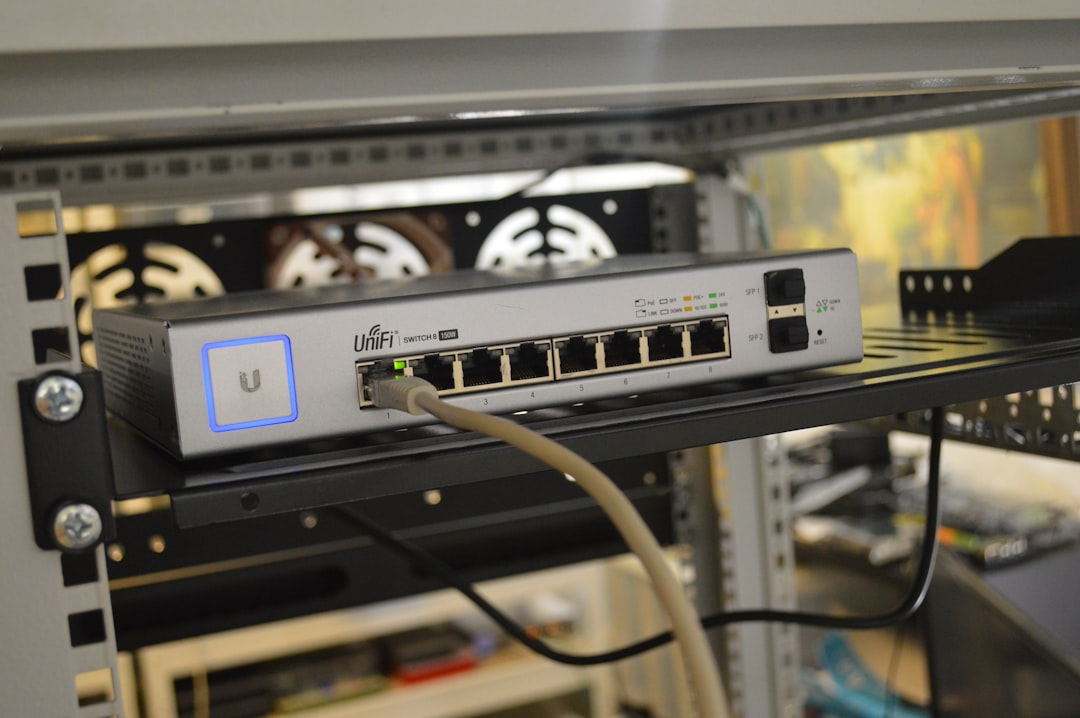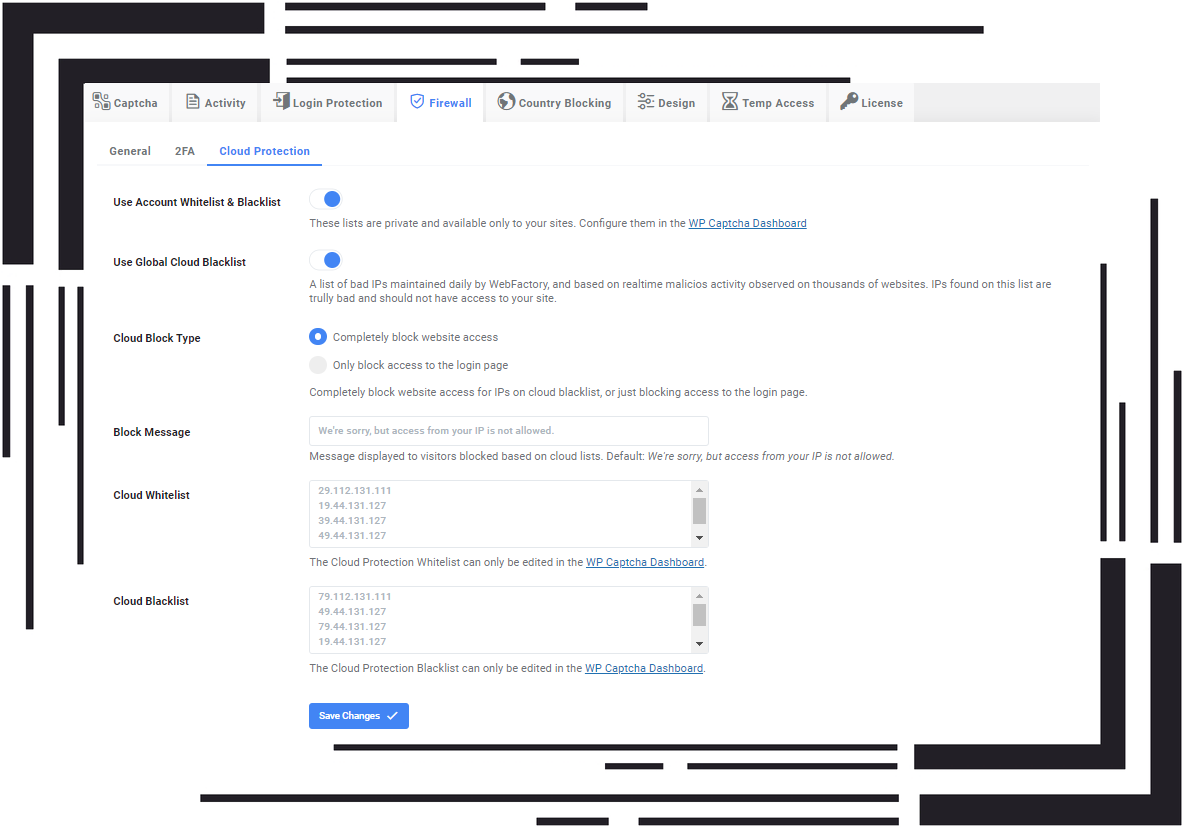In today’s digitally encrypted world, SSL decryption is an increasingly vital component of network security. While SSL (Secure Sockets Layer), or more accurately, its successor TLS (Transport Layer Security), helps encrypt communications to protect user privacy, it also hides traffic from security appliances. That means potential threats can sneak through undetected. Implementing SSL decryption enables organizations to inspect encrypted traffic, detect malware, enforce acceptable use policies, and prevent data exfiltration.
However, decrypting SSL traffic is a delicate process that involves both technical complexity and privacy considerations. This guide will walk you through how to implement and test SSL decryption in a responsible and effective manner.
Why SSL Decryption is Necessary
More than 80% of internet traffic is now encrypted. While this safeguards user data, it also hides malicious payloads and C&C (Command and Control) communications. Without SSL decryption, your firewall or intrusion detection system may simply become a blind gatekeeper, unable to inspect what’s passing through.
Some common use cases for SSL decryption include:
- Threat prevention: Detecting malware or ransomware hidden in HTTPS traffic.
- Data Loss Prevention (DLP): Blocking sensitive data from being uploaded to unauthorized cloud services.
- Compliance: Ensuring adherence to regulatory policies, such as HIPAA or PCI-DSS.
Steps to Implement SSL Decryption
Setting up SSL decryption requires coordination between your security infrastructure, your end-user devices, and your organizational policies. Here’s a step-by-step plan:
- Choose the Right Security Appliance: Whether it’s a next-generation firewall (NGFW), secure web gateway, or dedicated SSL decryption appliance, choose a tool compatible with your network architecture.
- Install a Trusted Root Certificate: You will need to install and distribute the SSL interceptor’s root certificate to all endpoints on your network. This allows client devices to trust the decrypting proxy.
- Define Decryption Policies: Not all traffic should be decrypted. Exceptions typically include health and banking sites. Create bypass rules that honor privacy while still ensuring security.
- Configure SSL Decryption Rule Sets: On your appliance, define which users, applications, or URLs should be decrypted. This fine-grained control helps balance effectiveness with privacy.
- Test Before Full Deployment: Perform staged deployment in sandbox or test environments to ensure functionality and detect breakage issues.

Testing Your SSL Decryption Setup
Once SSL decryption is implemented, thorough testing becomes essential. Here’s how to assess if it’s working as expected:
- Verify Certificate Trust: Use a browser on a network client to access HTTPS websites. Make sure the connection shows secure, and the certificate path includes your root certificate.
- Check the Decryption Logs: Your security appliance should log which sessions are being decrypted. Review logs for errors or skipped traffic.
- Use Traffic Inspection Tools: Tools like Wireshark (with decrypted traffic export) or built-in packet sniffers can help verify what’s actually being intercepted.
- Simulate Threats: Use a safe malware simulation tool like Eicar or custom content policies to see if your system can detect and block threats within encrypted streams.

Best Practices for SSL Decryption
To ensure you implement SSL decryption responsibly and effectively, keep the following best practices in mind:
- Transparency: Notify users about SSL inspection and its purpose. Being transparent helps build trust and ensures you’re compliant with privacy regulations.
- Privacy Exemptions: Exclude traffic involving healthcare, banking, and legal services unless absolutely necessary.
- Use Strong Encryption: While decrypting traffic, ensure your re-encryption uses up-to-date, secure cipher suites.
- Regular Audits: Periodically review your SSL decryption policies, update certs, and make sure no errors are compromising security or access.
Challenges You Might Face
SSL decryption is not without hurdles. Sites that use certificate pinning will break upon interception. Some modern browsers may warn users if interception is detected. You may also face performance issues, as decrypting and re-encrypting traffic is resource-intensive.
This is why sizing your infrastructure appropriately and conducting pre-deployment testing are both crucial to success.
Conclusion
When implemented with care, SSL decryption provides an invaluable layer of visibility into encrypted traffic. From better threat detection to enforcing compliance, the benefits are significant. Yet, existing privacy and ethical considerations must guide your deployment. Start with a clear policy, invest in proper tools, and educate your end users.
Security in today’s encrypted world demands clear vision — and that starts with effectively deploying SSL decryption.
 logo
logo


